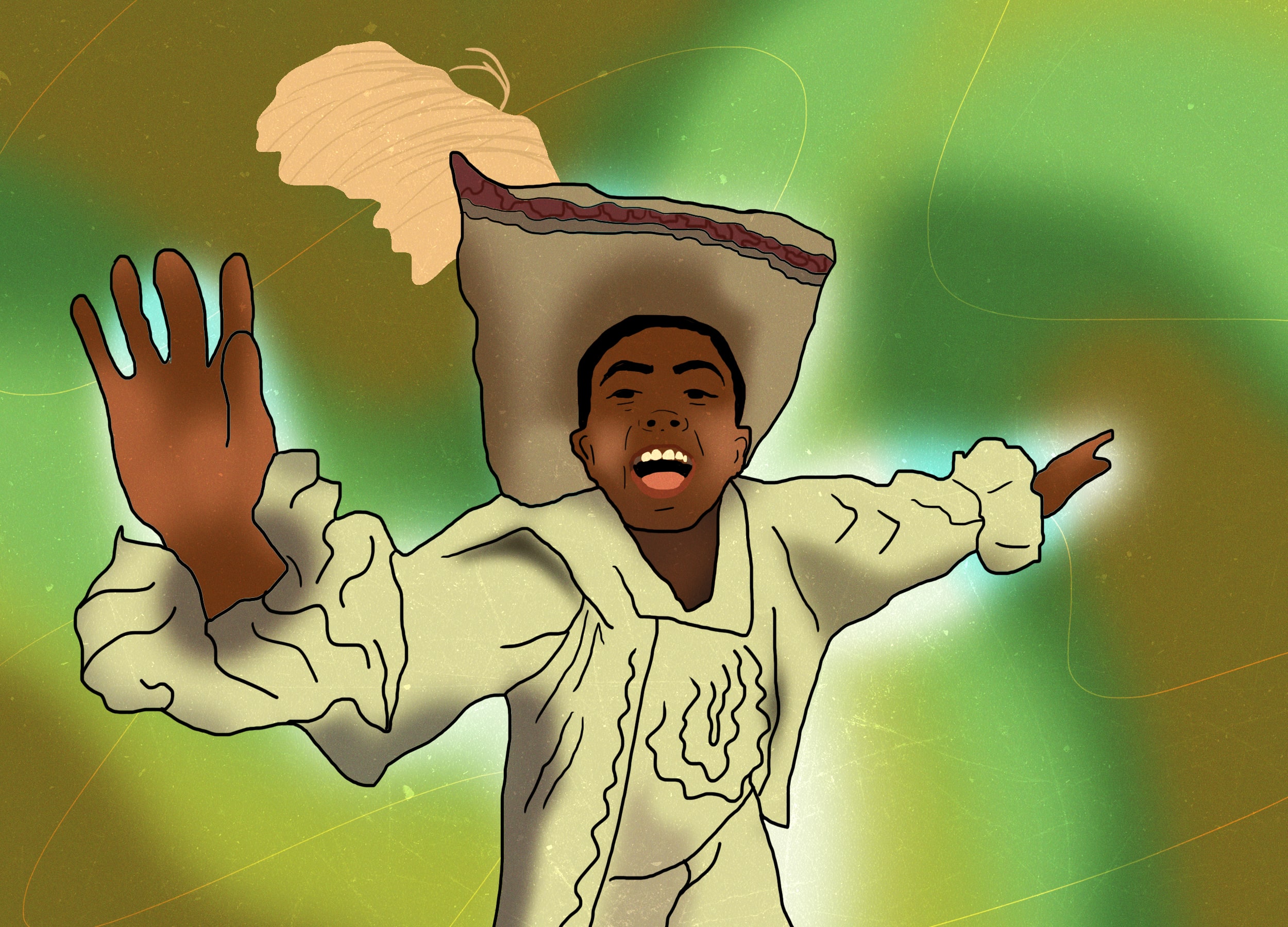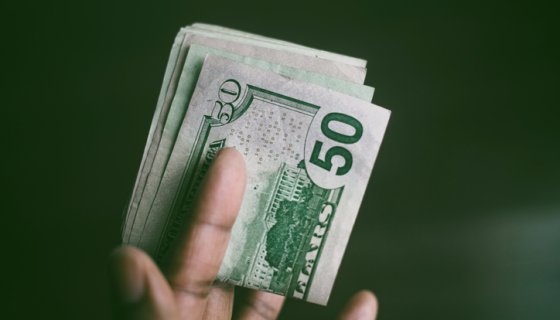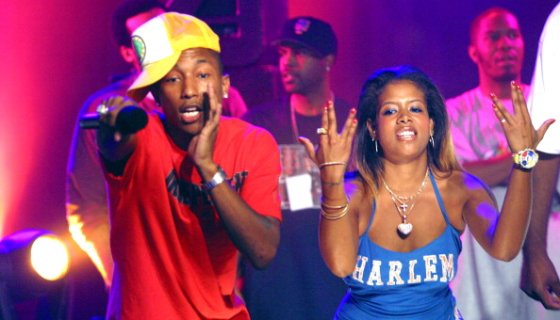

From Funk to Bachata: 5 Music Genres Reimagined in Brazil
There are no limits to creativity when it comes to music — especially in countries as big and diverse as Brazil. Aside from featuring an array of music genres born in the country, Brazilian music is also influenced by several foreign music genres. These genres are reinterpreted in Brazil and often merge with local genres as well.
While such an intense cultural exchange is symptomatic of digital globalization and can hardly be credited to one place only, Brazil also has its own reasons for absorbing foreign music, for better and for worse. One of them is the country’s history of colonization, immigration, and the African slave trade (African culture is the foundation of Brazil’s most expressive cultural manifestations and genres, like samba and axé).
Another reason lies in the country’s wide territory and borders with South American countries. For example, in the 1960s, it was easier for people in Brazilian states like Pará and Amapá to tune into radio stations from the Guyanas and Suriname than Brazilian ones, which led Afro-Caribbean genres like soca and zouk to influence the music made in these regions.
There’s no denying that Brazilian music owes a lot to foreign cultures, especially from other Latin American countries. Let’s look at five music genres that took a different turn when reinterpreted by Brazilian musicians.
Funk
Origin: U.S., mid-1960s
The Brazilian take: Brazilian funk (funk carioca, funk paulista, brega funk)
While the label “baile funk” (for which Brazilian funk became known overseas) is tied to American funk, Brazilian funk sounds nothing like the genre popularized by James Brown. It all started when DJs in the suburbs of Rio de Janeiro organized parties where they’d play American funk. But these parties would evolve into spaces where a different genre was born: funk carioca (which means “funk from Rio de Janeiro”). A turning point was DJ Marlboro’s Funk Brasil (1989) — the addition of electronic drums created the new sound of funk. The foundations for funk carioca would go through many other changes. Once inspired by American freestyle and Miami Bass, the genre would gain a Brazilian imprint in the 2000s with the creation of the beat called “tamborzão” (which merges Miami Bass with samba percussion).
Meanwhile, in São Paulo, a different breed of funk was created too, and it would become known as “funk paulista” (“funk from São Paulo”). In Pernambuco, the genre merged with brega music and generated “brega funk.” Through new variations like passinho and 150-bpm funk, and names like Anitta, Ludmilla, MC Fioti, and MC Zaac, Brazilian funk is still changing while also transcending the borders of Brazil.
Bachata
Origin: Dominican Republic, late 1960s
The Brazilian take: sertanejo bachata, arrocha
When sertanejo music star Gusttavo Lima started making bachatas, it was only a matter of time until the genre would become a sensation among other sertanejo acts. The romantic Dominican genre was embraced by Brazilian sertanejo with not much transformation. While featuring the dramatic singing style of sertanejo (in contrast with the smoothest vocals of bachata stars like Romeo Santos), the “sertanejo bachata” made by acts like Lima, Luan Santana, and Henrique e Juliano sounds reasonably true to the original beats and guitars. Lima even received a merit plaque from Dominican Republic’s Brazilian ambassador for promoting the genre, and collaborated with bachata stars like Prince Royce.
But before bachata took over sertanejo, around 2019, it may share another association with Brazilian music. The genre is believed to be a precursor for “arrocha,” a genre born in Bahia in the 2000s, whose groove and cadence are similar to bachata.
Guarania
Origin: Paraguay, 1920s
The Brazilian take: sertanejo, moda de viola
Neighbors Brazil and Paraguay share a hostile past, but there’s no doubt that Paraguayan music left its mark on Brazil. Guarania, the genre created by Paraguayan songwriter José Asunción Flores, influenced Brazilian sertanejo to the point that it even opened doors for several sertanejo acts and songs. Flores’ composition “India” found great success in Brazil through a cover by the duo Cascatinha e Inhana in 1955. But it was through Fafá de Belém’s “Nuvem de Lágrimas” (1989), a sertanejo reinterpretation of guarania, that sertanejo music cut across its countrylands and found a space in mainstream radios and TV.
From then on, many songs on the sertanejo canon songbook would be guaranias: “Boate Azul,” “Vá pro inferno com seu amor,” and “Galopeira” (a cover of Mauricio Cardoso Ocampo’s “Galopera”). As sertanejo expanded to encompass many variants and musical elements, the sertanejo branch that derives from guarania became known as “moda de viola.”
Calypso
Origin: Trinidad & Tobago, XVIII century
The Brazilian take: brega calypso
Calypso is an Afro-Caribbean genre born out of Trinidadian folk songs and went onto inspire songs by Nat King Cole and Luis Fonsi. However, if you search “calypso” on Youtube, you will most likely fall upon a video of a live performance by Banda Calypso from Brazil. Composed of formerly married couple Joelma and Chimbinha, Banda Calypso took a local genre from the State of Pará in northern Brazil and made it a sensation in the entire country in the early 2000s.
Brega calypso is one among many variants of the brega genre from the State of Pará. It does not recall much of the original calypso but is connected with other genres from Central America and the Guyanas, like cumbia, soca, and zouk. Brega calypso is actually the outcome of a wild mixture: the drum pattern comes from 1960s rock and rockabilly; the guitar playing style resembles 1970s progressive rock; the horns come from Caribbean genres such as salsa and merengue; and much more. Banda Calypso split in 2015, but brega calypso’s influence lives through Joelma’s solo career and informs the music of pop acts like Pabllo Vittar.
Merengue
Origin: Dominican Republic, XIX century
The Brazilian take: merengue paraense
In one of Banda Calypso’s many appearances in the TV show Domingão do Faustão during the apex of their success, host Faustão asked the band’s dancers to show how to dance merengue. Those familiar with the Dominican genre may have found the band’s performance strange, as their moves did not look like the ballroom dance style associated with merengue. However, the dancers were actually dancing to the breed of merengue crafted in the State of Pará, called “merengue paraense” (or “merengue do Pará”). Merengue paraense is a fusion of Dominican Republic’s merengue with Pará’s carimbó and other Pará-born genres like lambada.
Just like many other Afro-Caribbean genres, merengue made its way into Brazil through the interchange that happens in the port zone near the Amazon forest region and through the foreign radio stations accessible in this region. The genre adds to the Brazilian identity, making Caribbean culture more important for Brazil than it has credit for.



